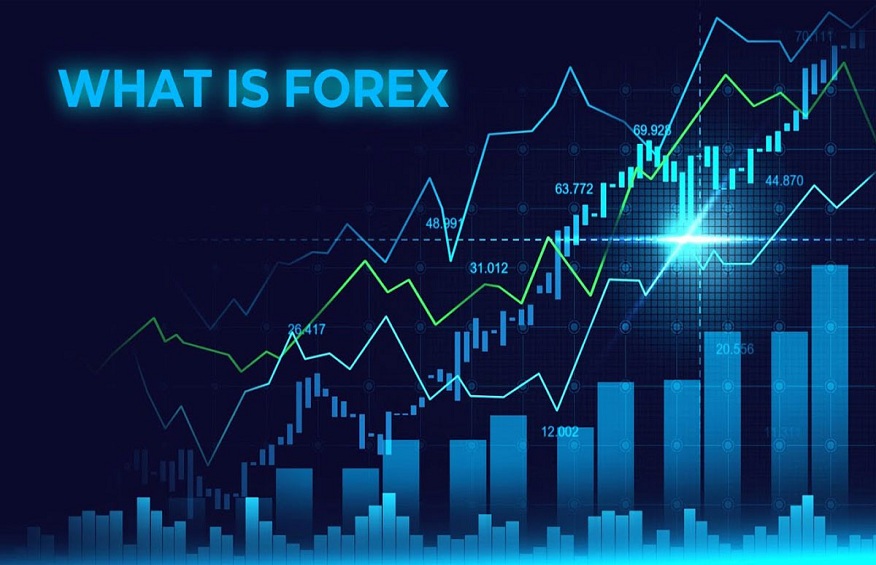Futures trading in the modern market: advanced techniques for pro traders

Trading in futures can be a very lucrative activity for traders. The modern market has developed rapidly, enabling traders to access markets worldwide and use advanced techniques to their advantage. This article will give an overview of some of the more advanced techniques used by professional futures traders in the UK today. Each technique will be discussed in detail so that readers better understand how they can use them to maximise their trading profits.
Using stop losses
Stop losses are used to limit risk in trading. They are placed at a predetermined price that the trader will exit their position should the market move against them. It helps traders protect against significant losses and allows them to focus on trading opportunities with the potential for greater returns. Stop losses also help manage trading costs, as when a stop loss is triggered, it automatically closes out the trade rather than incurring additional trading fees by manually closing it. Additionally, traders can place stop losses on their positions when trading futures, so they are not exposed to sudden market movements.
Leveraging
Leveraging is one of the most powerful tools available to futures traders. It enables traders to access more significant trading positions with less money; however, it can also magnify profits and losses if not used responsibly. Leveraging should always be used cautiously, as it can expose traders to significant losses if the trading position moves against them. Additionally, leverage trading is often prone to margin calls which can result in liquidating funds to cover any losses incurred by the trading strategy. Moreover, traders should be aware of trading costs associated with leverage trading, as these can also add up quickly.
Order types
In futures trading, traders can use several different order types. These range from limit orders that place a maximum amount at which a trader will enter/exit their trading position, to stop limit orders that combine stop loss and limit orders. Depending on a trader’s goals and risk appetite, they may choose one type of order over another to better control their trading positions. Additionally, trading software can automate the order types and help traders better manage their trading positions.
Trading indicators
Trading indicators are a popular trading tool among futures traders. These can be used to identify trading opportunities in the market and help determine support and resistance levels. They can also analyse trading patterns and price movements, helping traders make better decisions. Additionally, trading indicators often come with automated alerts so traders can stay up-to-date with market developments even when away from their trading platform. Moreover, trading indicators can backtest trading strategies, helping traders refine and improve their trading performance.
Risk management
Risk management is essential for any successful trading strategy. Before entering into a trade, traders must understand not only the potential reward but also the potential risks associated with the market. Furthermore, risk management should be an ongoing process, with traders monitoring their daily trading positions. It can help to ensure that trading losses are kept under control, and trading capital is preserved. Additionally, trading software can automate risk management processes such as stop losses and leverage sizing, making it easier for traders to manage their trading activity.
Automation
Automation is another useful trading tool available to futures traders. Automated trading systems enable traders to execute trades with incredible speed and accuracy, making trading faster and more efficient. Additionally, trading software can backtest trading strategies, helping traders analyse market movements and identify potential trading opportunities. Moreover, automated trading systems also help reduce the emotional aspect of trading, which can often lead to impulsive decisions. Automated trading eliminates human errors due to incorrect input or data entry errors.
Conclusion
Trading futures in the modern market can be lucrative for pro traders. By using advanced trading techniques, traders can achieve better trading results with greater efficiency. Ultimately, it is crucial to understand the different trading strategies available to traders and how they can be applied when trading futures. By combining these techniques with sound risk management practices and trading discipline, pro traders can maximise their trading profits while minimising losses.





